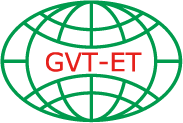Blogs & News
We are focus on automotive wiring harness & connectors technology.
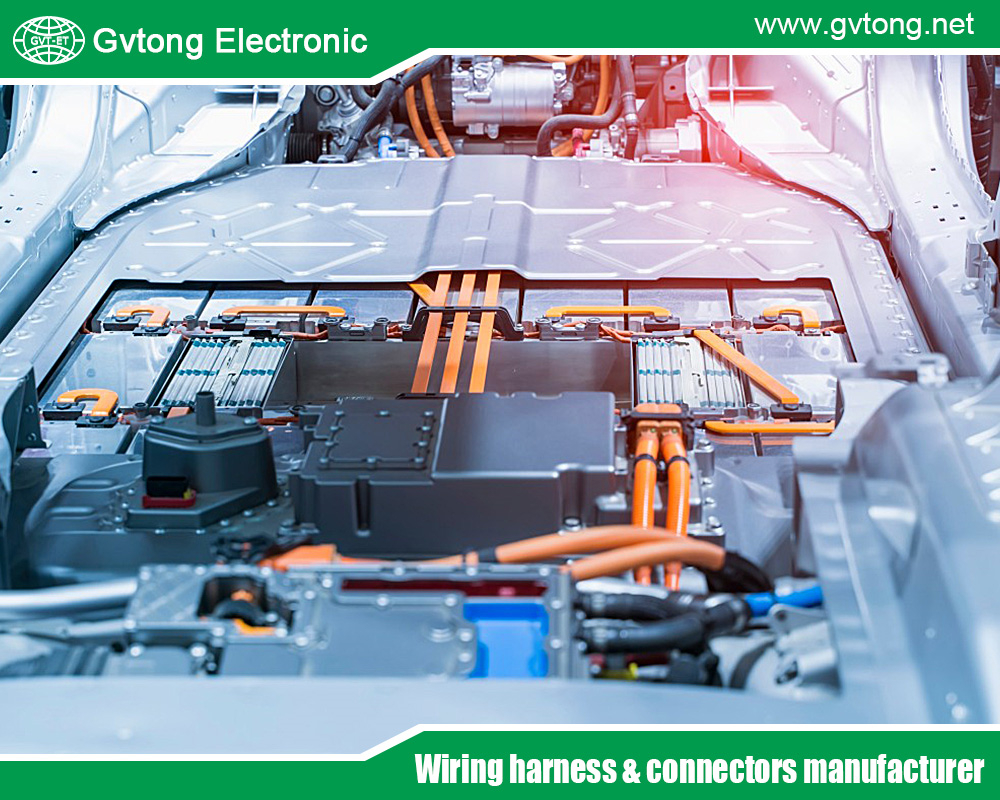
Mini Coax Cable Automotive Connector Assemblies for Automotive Applications
- Gvtong Electronic
- 2p 32p Automotive Connector Terminal Crimping, 48V board net connectors, adas automotive connector, ADAS automotive connectors, ADAS automotive connectors manufacturer, ADAS automotive connectors supplier, Anti-vibration automotive connectors, Automated assembly connectors Cost-effective automotive connectors, automotive antenna connector, automotive coaxial connector, automotive connector, Automotive Connector and Cable Products, automotive connector companies, Automotive Connector Factory, automotive connector manufacturer, Automotive Connector Manufacturers in 2025, automotive connector market, Automotive Connector Supplier, automotive data connector, automotive diagnostic connector, automotive high - frequency, Automotive high - frequency connector, automotive hybrid connector, automotive optical fiber connector, automotive power distribution, Automotive power distribution connector, Automotive shielded connectors, Automotive temperature - resistant connector, automotive vibration - resistant, Automotive vibration - resistant connector, automotive waterproof connectors, cable automotive connector, coax cable automotive connector, High-speed data connectors, High-temperature resistant connectors, Low-contact resistance connectors, mini coax cable automotive connector, mini coax cable automotive connector manufacturer, mini coax cable automotive connector supplier, Oil-resistant automotive connectors, Thermal management connectors
- No Comments
Mini Coax Cable Automotive Connector Assemblies for Automotive Applications
In the rapidly evolving landscape of automotive technology, connectivity solutions play a pivotal role in enabling advanced features such as autonomous driving, high-definition infotainment, and real-time sensor data processing. Among these, mini coax cable automotive connector assemblies have emerged as a critical innovation, offering compact, high-performance alternatives to traditional coaxial systems. These assemblies, often referred to as mini-coax or high-speed FAKRA-mini, are designed to transmit high-frequency signals with minimal interference while optimizing space and weight—essential considerations in modern vehicle design.
Mini coax assemblies consist of miniaturized coaxial cables paired with specialized connectors, tailored for automotive environments that demand reliability under extreme conditions like vibration, temperature fluctuations, and electromagnetic interference (EMI). As vehicles become more software-defined and data-intensive, the need for efficient data transmission has surged. Traditional FAKRA connectors, standardized over two decades ago, have served well but are increasingly limited by their bulkiness. Mini coax solutions address this by reducing size by up to 80% and weight by up to 34%, paving the way for denser packaging in electric vehicles (EVs), autonomous systems, and connected cars.
This article explores the intricacies of mini coax cable automotive connector assemblies, delving into their features, benefits, applications, standards, and future trends. With insights from leading manufacturers like Rosenberger, Molex, TE Connectivity, and Aptiv, we aim to provide a comprehensive overview for engineers, designers, and enthusiasts alike. By the end, readers will appreciate how these compact powerhouses are revolutionizing automotive connectivity.
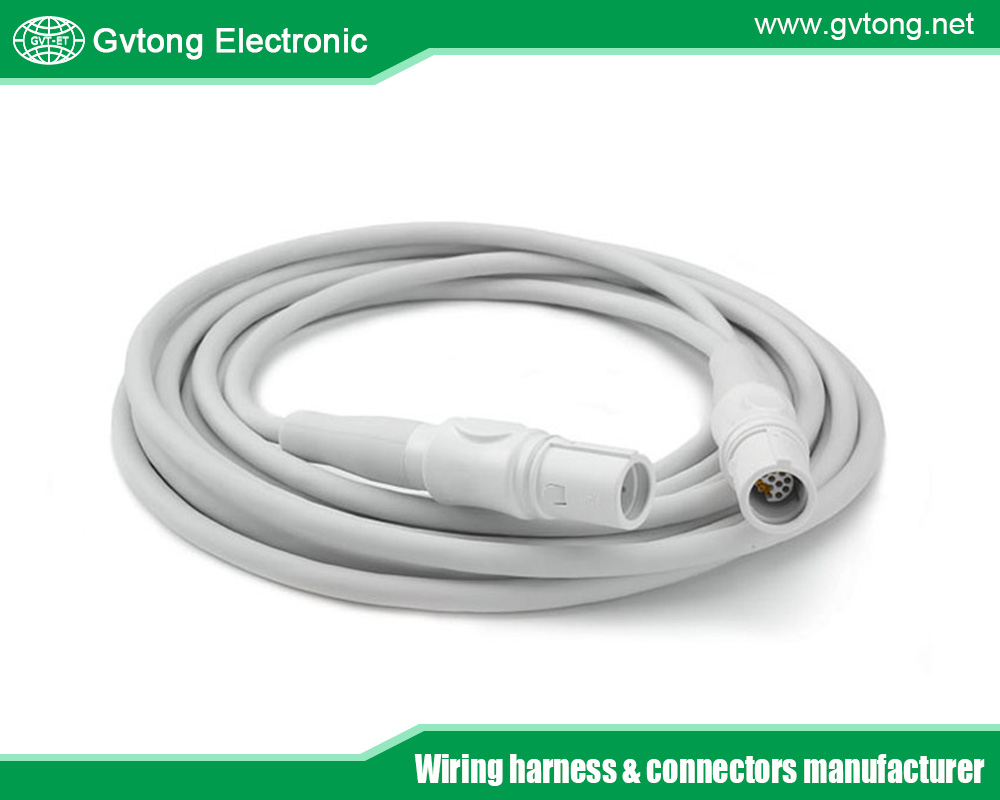
Understanding Mini Coax Cable Assemblies
At its core, a mini coax cable automotive connector assembly is a coaxial cable system miniaturized for high-speed data transfer in vehicles. Coaxial cables feature an inner conductor surrounded by insulation, a metallic shield, and an outer jacket, providing excellent signal integrity by minimizing external interference. In automotive contexts, mini coax variants use thinner cables like RG174, RTK031, or RTK044, with 50-ohm impedance to support frequencies up to 20 GHz and data rates up to 28 Gbps.
The “mini” aspect refers to the connectors, which are scaled-down versions of the FAKRA (Fachkreis Automobil) standard. FAKRA connectors, based on subminiature version B (SMB) RF designs, have been a staple for telematics and communications.
Mini-FAKRA, also known as High-Speed FAKRA-Mini (HFM) or Mini-Coax Automotive (MCA), reduces the footprint significantly. For instance, Rosenberger’s HFM system and TE Connectivity’s MATE-AX are prominent examples, offering modular housings in 1-, 2-, 4-, or 6-pin configurations.
These assemblies are fully integrated, including cable terminations via crimp or stamped-and-formed methods, ensuring compatibility with automated manufacturing. Hybrid options combine mini coax with traditional FAKRA for transitional designs. Key interfaces like MATE-AX and HFM are not interchangeable, requiring careful system planning.
Key Features and Technical Specifications
Mini coax assemblies boast an array of features optimized for automotive demands. Electrically, they excel with screening attenuation ≤ -50 dB up to 15 GHz, return loss ≤ -12 dB up to 15 GHz, and crosstalk (NEXT) ≤ -50 dB up to 15 GHz. Impedance is standardized at 50 Ω, with mating cycles ≥ 25-100, depending on the variant.
Mechanically, these connectors feature robust designs with engagement forces ≤ 55 N, cable retention ≥ 110 N, and angled pull ≥ 75 N. Environmental specs include operation from -40 °C to +105 °C, with waterproof and sealed options for harsh conditions. Molex’s HFM system, for example, includes Connector Position Assurance (CPA) and Integrated Secondary Lock (ISL) to prevent accidental disconnections. Color-coding and keying (up to 12 options) ensure error-free assembly, while EMI shielding maintains signal purity in noisy vehicle environments. Configurations span straight, right-angle, wire-to-wire, wire-to-board, and modular housings, supporting protocols like SERDES, APIX, FPD-Link, GMSL, MIPI A-PHY, PCIe, and more. TE’s MATE-AX offers anti-stubbing features and the shortest terminals on the market, providing extra installation space. Rosenberger’s HFM emphasizes stamped-and-formed processes for cost efficiency.
Benefits and Advantages
The primary allure of mini coax assemblies lies in their space and weight savings—up to 80% smaller and 34% lighter than standard FAKRA—enabling denser ECU integration and lighter EVs. his modularity allows customization, with Aptiv’s MCA supporting full automation for quality and cost optimization. Performance benefits include higher frequencies (up to 20 GHz vs. 6 GHz for traditional coax), making them ideal for data-rich applications. Reliability is enhanced through robust designs resisting vibration and EMI, while automated assembly reduces production errors.
For manufacturers, benefits extend to supply chain efficiency, as assemblies like MD Elektronik’s offer all components from one source, including hybrid solutions. Overall, these assemblies future-proof vehicles by accommodating evolving protocols and architectures.
Applications in Automotive Industry
Mini coax assemblies are indispensable in advanced driver-assistance systems (ADAS), where they connect surround-view cameras, lidar, and radar for real-time object detection. In infotainment, they enable high-bandwidth streaming for rear-seat entertainment and heads-up displays.
Antenna applications include 4G/5G, GPS, V2X communication, and keyless entry, with TE’s MATE-AX supporting blind spot detection and gesture control. Rosenberger’s HFM is used in autonomous driving for sensor fusion and navigation. In EVs and LEVs, their lightweight design aids battery efficiency, while in telematics, they handle cellular and WiGig signals. MD Elektronik highlights multi-camera and roof antenna connections.
Standards and Compliance
Compliance is key, with assemblies tested to LV 214, USCAR (including USCAR-49 for mini coax), ISO 20860-1/2, and SAE/USCAR 18. These ensure electrical, mechanical, and environmental robustness.
Dynamic load testing to level 2 and temperature cycling verify durability. Waterproof variants meet IP6K9K for outdoor use.
Major Manufacturers and Their Offerings
Rosenberger’s HFM system leads with 20 GHz support and CPA options, including hand crimping kits for repairs. Molex’s HFM provides 12 keying colors and sealed designs for ADAS. TE’s MATE-AX emphasizes 9 GHz performance and 75% PCB reduction. Aptiv’s MCA focuses on modularity and automation. MD Elektronik offers custom assemblies with hybrid capabilities. Amphenol RF and others provide AUTOMATE Mini-FAKRA for emerging needs.
Comparisons with Traditional Systems
Compared to standard FAKRA, mini coax offers superior space efficiency (80% reduction) and higher frequencies, though at potentially higher costs for initial setup. Traditional systems handle up to 6 GHz but lack modularity for dense applications. Mini versions excel in automation and weight savings, ideal for EVs, while FAKRA remains for legacy systems.
Future Trends and Innovations
Looking ahead, mini coax will support 6G connectivity and enhanced V2X, with frequencies beyond 20 GHz. Integration with zonal architectures and AI-driven systems will grow. Sustainability focuses on recyclable materials, while USCAR-49 standardizes testing.
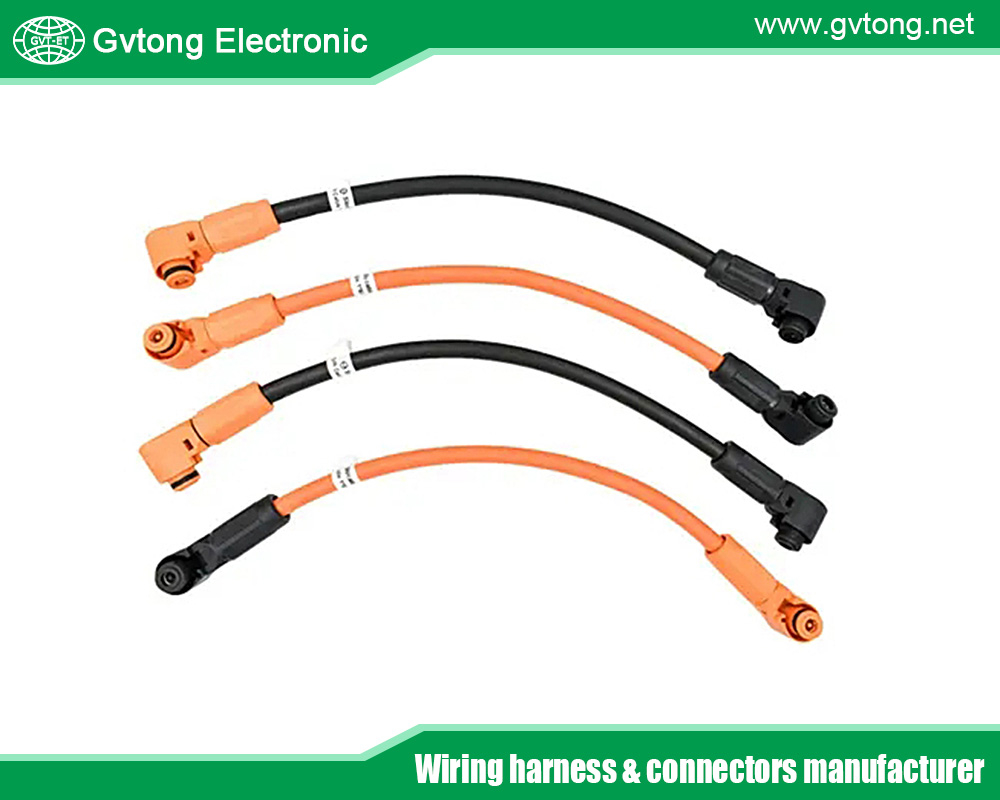
Conclusion
Mini coax cable automotive connector assemblies represent a leap forward in vehicle connectivity, blending compactness with high performance to meet the demands of tomorrow’s automobiles. From ADAS to infotainment, their role is indispensable, backed by rigorous standards and innovative designs from industry leaders. As automotive technology advances, these assemblies will continue to drive efficiency, safety, and innovation on the road.
For more about the mini coax cable automotive connector assemblies for automotive applications, you can pay a visit to Gvtong at https://www.gvtong.net/ for more info.
Recent Posts
The Best GR Series-Circular Connectors Manufacturer
The Best GD Series Combined Power Connector Manufacturer
A Guide to Selecting the Best GH Series Plastic Connector Manufacturer
How High Pressure Connectors Work?
The Best Automotive Connector Companies
Tags
Recommended Products
-
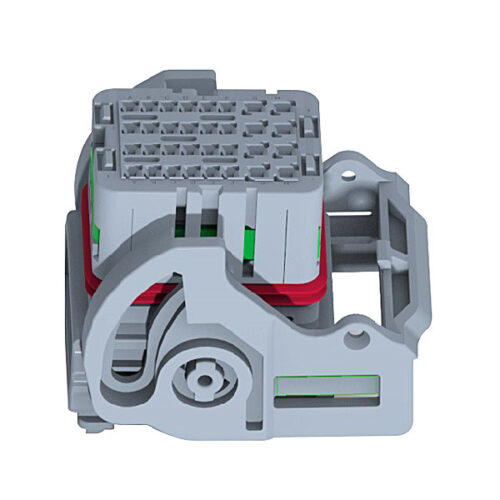
GE Series-32-core Low Voltage Connector-Socket+Plug
-
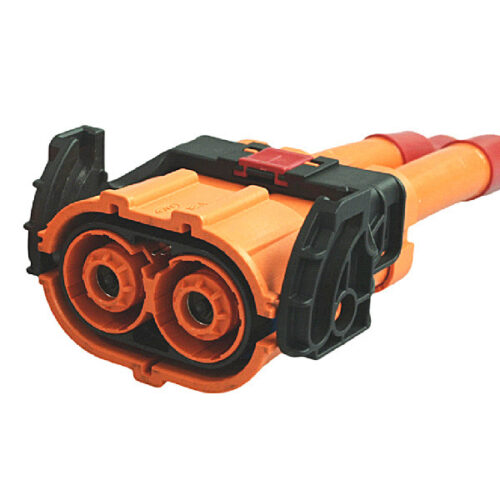
GH1000 Series-2-core plastic high voltage connector
-
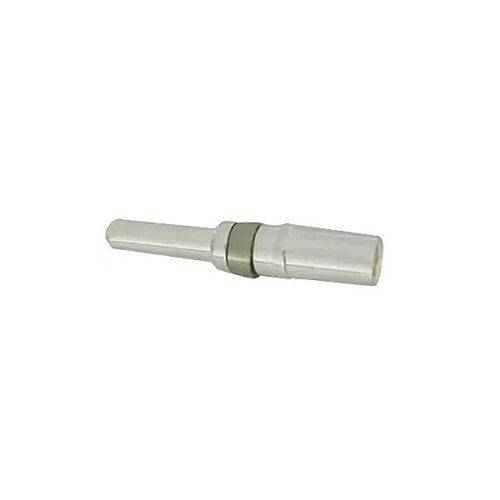
3.0 wire spring pin (crimping 2.5 square wire)
-
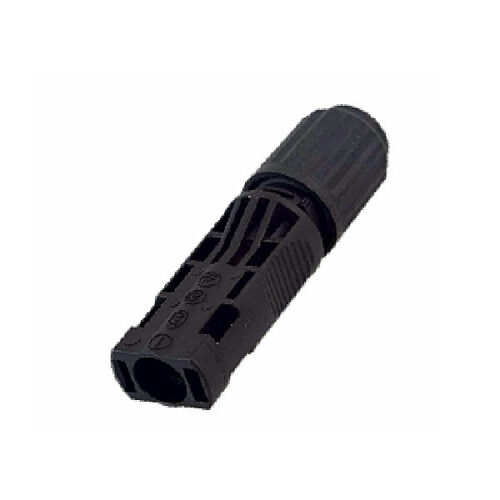
Photovoltaic connector – Wire end socket
-
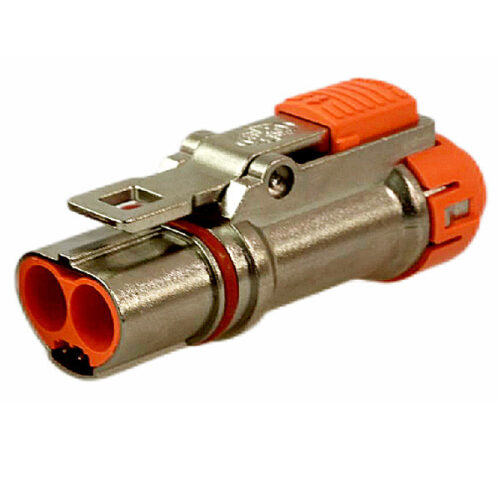
GM Series-3.6mm-2-core Metal Connector
-
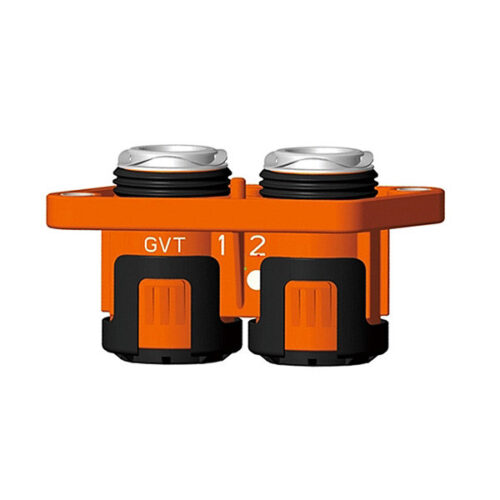
GIPT two-core wiring connector
-
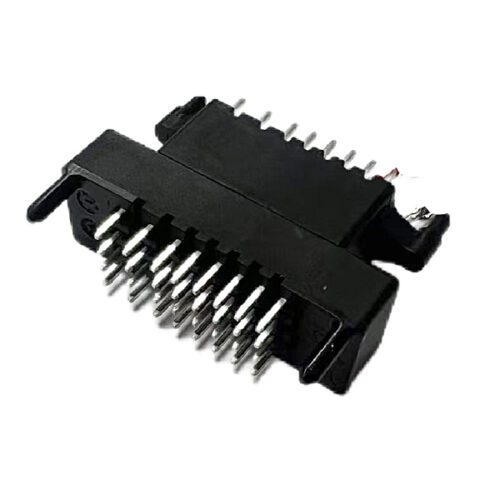
GE Series-32pin signal connector
-
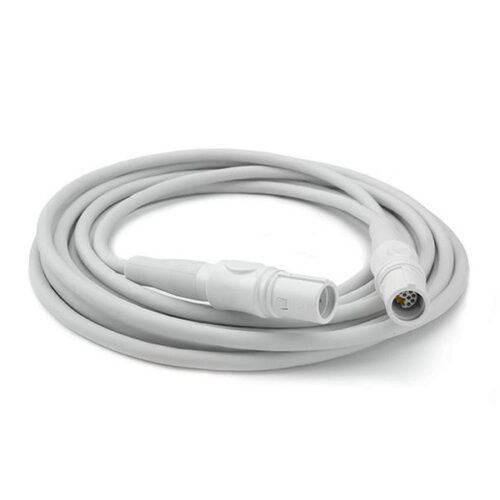
Wiring harness for medical equipments
